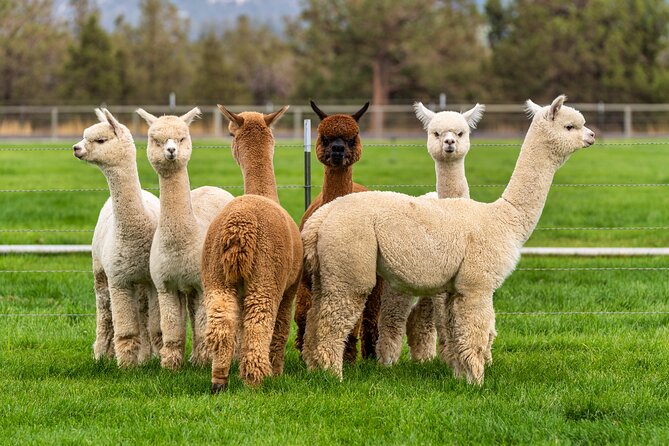At first glance, Llamas and Alpacas look so similar that many people often find it difficult to identify them. Both are fluffy, having long-necked, herd-dwelling animals and belong to the native of South America, and they both belong to the Camel family.
Although Llamas and alpacas are often confused with each other because of their similar appearance.
But, once you look closely at them, their differences and similarities can be identified easily, that how they differ in their size, personality, hair, face, ears, temperament, and purpose of domestication.
In this article, we will closely observe the differences between Llamas and Alpacas
What are the origins and History of the Alpacas and Llamas?
Camelids actually originated in North America millions of years ago. During the Ice Age, some migrated across the Bering Land Bridge to Asia and Africa, eventually evolving into camels. Others moved south into South America, giving rise to llamas, alpacas, and their wild cousins — guanacos and vicuñas.
| Period / Process | Migration / Evolution | Domestication |
| Ice Age Migration | To Asia & Africa → Evolved into Camels | – |
| To South America → Evolved into Llamas, Alpacas, Guanacos, Vicuñas | – | |
| Domestication | – | Guanacos → Llamas |
| – | Vicuñas → Alpacas |
Over thousands of years, humans domesticated guanacos into llamas and vicuñas into alpacas, mainly for transport and textiles.
Camelids originated in North America millions of years ago.
What are the differences between Alpaca vs Llamas?
Below in the table, check all the Differences Between Alpaca vs Llamas:
| Feature | Alpaca | Llama |
| Size | Smaller in build, weighing about 100–175 lbs and standing 34–36 inches tall. | Larger and heavier, weighing around 200–350 lbs and standing 42–46 inches tall. |
| Personality | Gentle, shy, and prefers living in herds. Rarely spits unless very scared or upset. | Bold, confident, and often independent. Known for spitting quickly when threatened. |
| Coat/Hair | Has a single coat of very soft, fine, and dense fibre that grows quickly. | Has a double coat—a soft inner layer and a coarse outer layer that is harder to separate. |
| Face | Shorter, more “pushed-in” looking face. | Longer and narrower facial structure. |
| Ears | Small, straight, spear-shaped ears. | Large, curved, “banana-shaped” ears. |
| Colors | Found in 22 natural shades, including white, black, brown, grey, red, fawn, and rose. Multicoloured coats are called “fancy.” | Found in a wide range of solid and spotted colours such as white, black, grey, beige, brown, and red. |
What are the Temperament & Uses of the Llamas and Alpacas?
1. Llamas:

Source: discovery
-
They are stronger and protective, and they are used as pack animals.
-
Sometimes, Llamas act as herd guardians.
2. Alpacas

Source: viator
-
They are usually gentle and socially behaved.
-
They are valued for their luxurious fleece, used in high-quality textiles.
Conclusion
As, these two animals, Alpaca and Llamas are even so look same that many people often get confused to identify them correctly, but when you observe them very closely, then only you will be able to identify their differences in size, personality and faces.
Note: Important to remember the difference between Llamas and Alpacas:Mnemonic: “L-L for Large & Load, A-A for Adorable & Apparel”
|
Comments
All Comments (0)
Join the conversation